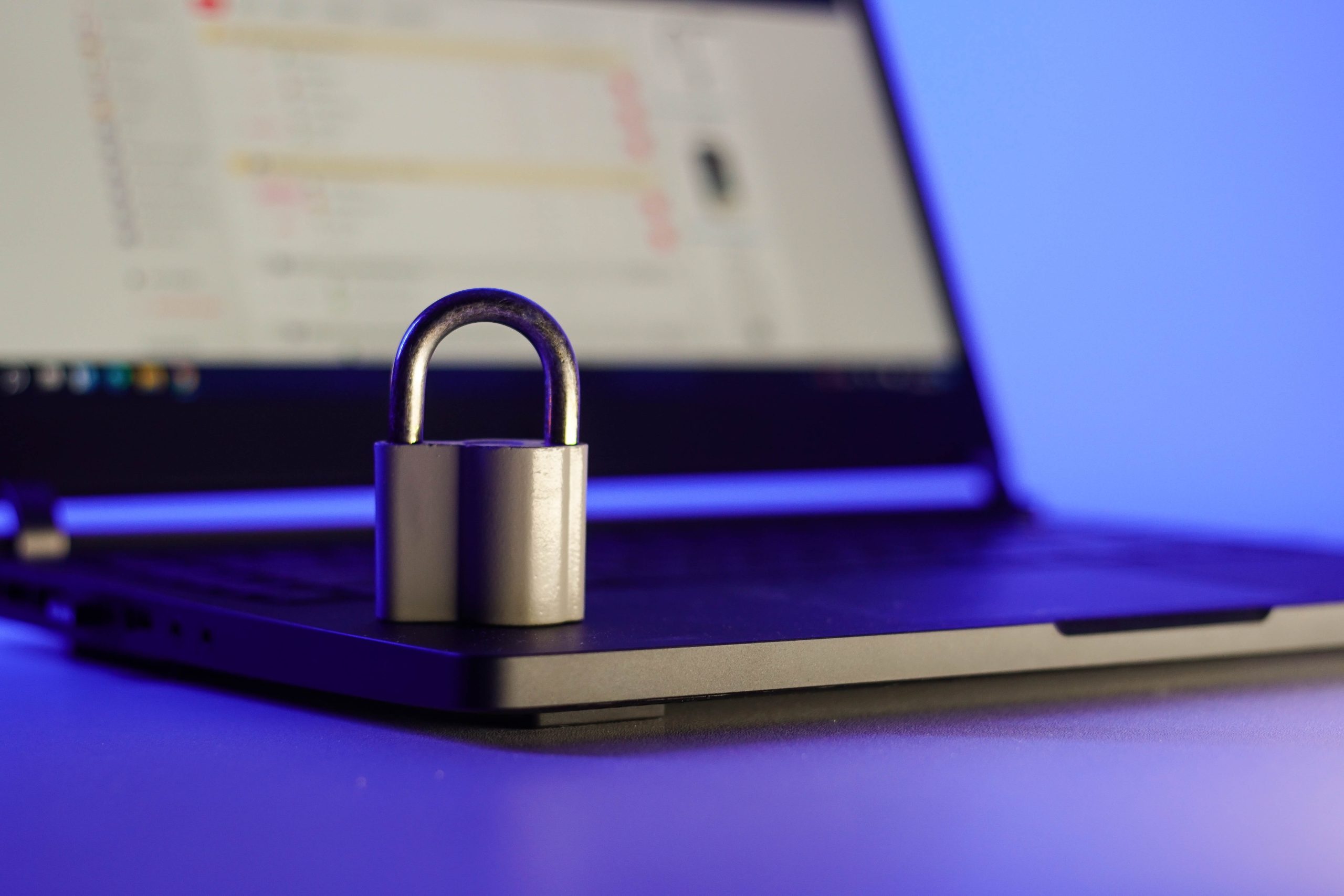
As digital transformation accelerates, cybersecurity compliance has emerged as a critical focal point for midsize enterprises. Navigating the digital domain presents not only opportunities but also challenges, including an array of cyber threats. These threats underscore the importance of adhering to industry-specific regulations to protect enterprise assets and maintain consumer trust. Being compliant isn’t just about meeting legal benchmarks; it’s a proactive approach to fortifying your enterprise against potential cyber vulnerabilities. Let’s delve into the strategies and tools to ensure compliance in this dynamic digital domain.
1. Understanding Compliance Needs
Every industry has unique cybersecurity compliance requirements tailored to its operations and risks. For midsize enterprises, identifying these regulations is the first step towards a secure digital foundation. Whether it’s the healthcare sector’s strict data privacy mandates or the finance industry’s rigorous audit procedures, understanding these nuances is paramount. Numerous regulations affect midsize enterprises, with some being sector-specific and others more general. By pinpointing and interpreting these mandates, businesses can craft a targeted cybersecurity strategy. Moving forward, let’s delve into how cyber solutions can help enterprises meet these compliance benchmarks effectively.
2. Implementing Robust Cyber Solutions
Compliance isn’t just about understanding regulations; it’s about action. Implementing the right cybersecurity tools is pivotal for adherence. From advanced firewall systems to intrusion detection tools, the array of available solutions is vast. Yet, a one-size-fits-all approach rarely suffices. Each enterprise has unique challenges and data structures, making customization crucial. Tailoring these tools to fit an enterprise’s specific needs ensures not only adherence to regulations but also enhanced overall security. As we proceed, we’ll explore how protocols complement these tools to create a comprehensive cybersecurity compliance framework.
3. Adopting Best Practice Protocols
Cybersecurity isn’t solely about tools; it’s about behavior. Standardizing cybersecurity practices ensures that all enterprise facets work cohesively towards compliance. Protocols, such as regular security audits, multifactor authentication, and routine data backups, form the backbone of these standardized practices. By integrating these common protocols, enterprises can bridge the gap between tools and behavior, ensuring a holistic approach to compliance. As we delve deeper, we’ll examine how to keep these practices current and adapt to evolving compliance demands.
4. Regular Audits and Assessments
Cybersecurity isn’t solely about tools; it’s about behavior. Standardizing cybersecurity practices ensures that all enterprise facets work cohesively towards compliance. Protocols, such as regular security audits, multifactor authentication, and routine data backups, form the backbone of these standardized practices. By integrating these common protocols, enterprises can bridge the gap between tools and behavior, ensuring a holistic approach to compliance. As we delve deeper, we’ll examine how to keep these practices current and adapt to evolving compliance demands.
5. Training and Awareness Programs
Compliance doesn’t stop at software and protocols; it involves people. Every employee, from entry-level to management, plays a part in maintaining a cyber-secure stance. By educating the workforce on compliance mandates and safe online behaviors, enterprises can strengthen their first line of defense. Continuous training sessions not only refresh this knowledge but also update teams about emerging cyber threats. With a well-informed team, companies stand a better chance against breaches. Moving forward, we’ll explore how to maintain this cyber vigilance over time.
6. Incident Response and Management
Even with the best precautions, cyber incidents can occur. Being prepared is the difference between a minor hiccup and a major catastrophe. A well-structured incident response plan can quickly address vulnerabilities and mitigate damages. It’s not just about immediate action but also about ensuring that the company remains compliant post-incident. Such protocols ensure a systematic recovery, preserving data integrity and organizational reputation. As we transition into our next topic, we’ll delve into how regular audits can further bolster these efforts and ensure that compliance remains uncompromised.
7. Documentation and Record Keeping
Documentation forms the backbone of any robust compliance strategy. By meticulously recording every cybersecurity effort and compliance measure, enterprises establish a trail of transparency and due diligence. Detailed logs not only offer insights into historical data but also provide invaluable resources during future assessments. Keeping precise records is, therefore, not just a regulatory obligation but a strategic tool. Moving forward, we’ll explore how regular evaluations can leverage this documentation to further solidify an organization’s compliance posture.
8. Collaborating with Compliance Experts
Navigating the complex waters of compliance can be challenging. Thus, turning to third-party expertise often provides the clarity midsize enterprises need. Partnering with specialized cybersecurity firms ensures a deep understanding of shifting regulations and best practices. Such collaborations offer fresh perspectives, cutting-edge solutions, and peace of mind. These experts possess specialized knowledge to address nuanced challenges and keep the business at the forefront of compliance. Next, let’s delve into how regular assessments can optimize this expert-driven approach, further strengthening an enterprise’s defense mechanisms.
Check the boxes to secured operations
Cybersecurity compliance isn’t merely a checkbox for midsize enterprises — it’s a vital component to safeguard operations and reputation. Overlooking this aspect can expose businesses to risks that jeopardize not only data but also trust and financial standing. Recognizing the profound implications of non-compliance is paramount. Every enterprise should prioritize a robust cybersecurity infrastructure and keep abreast of changing regulations. Ensure your enterprise’s digital fortifications are in place. Regularly invest, review, and refine your cybersecurity measures to remain both secure and compliant. Your business’s future may very well depend on it



Hi, this is a comment.
To get started with moderating, editing, and deleting comments, please visit the Comments screen in the dashboard.
Commenter avatars come from Gravatar.